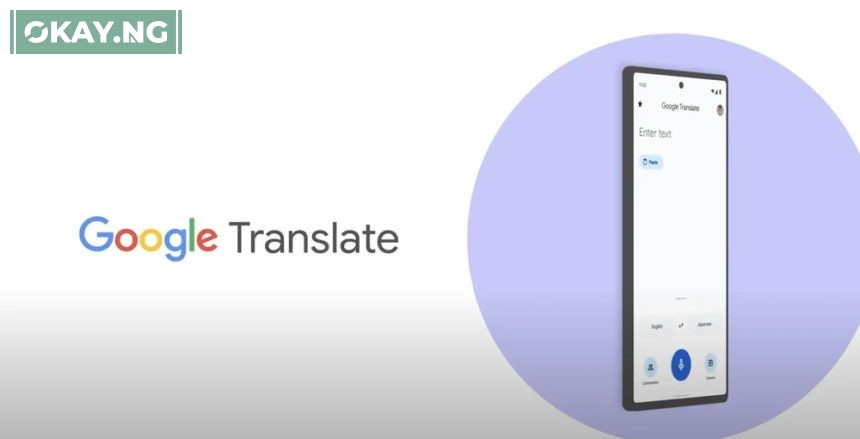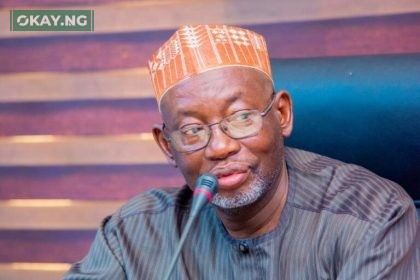Google has announced a significant expansion of Google Translate, adding 110 new languages to its platform.
This update is part of Google’s 1,000 Languages Initiative, which aims to use AI models to support the 1,000 most spoken languages worldwide.
The expansion represents a significant step towards breaking down language barriers and fostering communication across diverse cultures.
Taiwo Kola-Ogunlade, Communications and Public Affairs Manager for West Africa at Google, highlighted the importance of this initiative: “Our mission is to enable everyone, everywhere, to understand the world and express themselves across languages. With the addition of these 110 new languages, including many from Africa, we’re opening up new opportunities for over half a billion people to connect and communicate.”
Africa, with its rich linguistic diversity, is a key focus of this expansion. The addition of numerous African languages underscores Google’s commitment to supporting underrepresented languages and amplifying voices from across the continent. The new inclusions join existing Nigerian languages Hausa, Igbo, Yoruba, Fulani, Kanuri, and Tiv.
Kola-Ogunlade further explained the complexities involved in language selection: “A lot of consideration goes into new language additions for Google Translate, ranging from which languages to include to the use of specific spellings. Many languages do not have a single, standard form, so learning the specific dialect that is spoken the most in an area is more feasible. Our approach has been to prioritise the most commonly used varieties of each language.”
The latest expansion utilises the PaLM 2 large language model, following the addition of 24 languages in 2022 using Zero-Shot Machine Translation. This technology enables Translate to more efficiently learn languages that are closely related to one another or have various distinct dialects. Google collaborated extensively with native speakers to ensure accuracy and prioritise the most commonly used varieties of each language.
The 110 new languages represent over 614 million speakers worldwide, covering around 8% of the world’s population. This includes major world languages with over 100 million speakers, languages spoken by small Indigenous communities, and languages undergoing revitalization efforts.
Key African Languages Now Supported by Google Translate:
- Middle Africa: Kikongo
- Eastern Africa: Luo, Venda
- Western Africa: Fon, Wolof
- Southern Africa: Swati, Ndebele
Notable Languages in the Update:
- Afar: Spoken in Djibouti, Eritrea, and Ethiopia, with the most volunteer community contributions.
- Cantonese: One of the most requested languages for Google Translate.
- Manx: The Celtic language of the Isle of Man, revived after the death of its last native speaker in 1974.
- NKo: A standardised form of the West African Manding languages.
- Punjabi (Shahmukhi): The variety of Punjabi written in Perso-Arabic script, the most spoken language in Pakistan.
- Tamazight (Amazigh): A Berber language spoken across North Africa.
- Tok Pisin: An English-based creole and the lingua franca of Papua New Guinea.
To learn more about Google’s latest expansion of Translate, visit the Help Center. You can also get started translating at translate.google.com or on the Google Translate app on Android and iOS.












